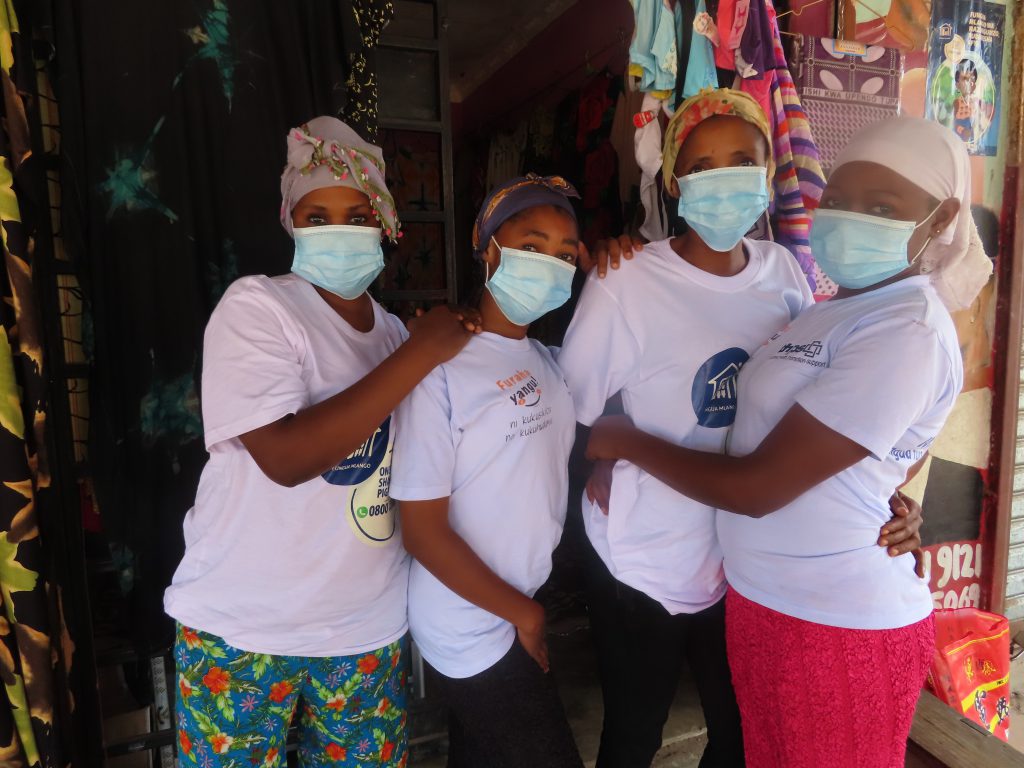Mlango II Global Fund KVP Project 2021 -2023
The project deals with HIV prevention programs for key and vulnerable populations (KVPs) through collaboration with civil society and local government authorities in Tanzania. MLANGO II Project (January 2021- December 2023) is implemented by THPS as sub grant of Global Fund Principle Recipient – Amref Health Africa.
1.0. Geographical coverage
The project is implemented in four regions of Tanzania including Arusha, Kilimanjaro, Manyara and Morogoro; covering fifteen Districts within these regions
2.0. Project Objectives
- To reduce new HIV infections by 85 % in 2023
- To reduce AIDS related deaths to 70% by the end of 2023
- To reduce the tuberculosis epidemic and burden by 50% in incidence rate and 75% in deaths by 2025 (from 2015 baseline).

3.0. Target population coverage scope
THPS will increase service coverage for all Key Population groups as follows:
- Men having sex with men (MSM)from the current 23% to 53% in 2023
- Female Sex Workers (FSW) from 39% to 90% in 2023
- People who inject drugs (PWID) 58% to 90% in 2023
- Adolescent girls and young women (AGYW) from 23% to 60% in the regions covered by this grant in 2023
4.0 Project intervention areas
- Community empowerment
- Condom programming
- Provision of differentiated HIV testing services (HTS)
- KVP specific interventions such as social protection – behavior change communication, structural activities interventions for Young Key Populations, Sexual and Reproductive Health services, including STIs
5.0. Project strategies
- Scale up provision of comprehensive integrated HIV prevention, Care and support services.
- Strengthen differentiated service delivery models for HIV case finding and linkage of key populations to Care & Treatment.
- Strengthen targeted testing and referral to treatment (linkage case management).
4. Scale up peer led behavioral change communication strategy.
5. Strengthening comprehensive condom programming (e.g. community condom distribution).
6. Empower and engage KP-led/focused civil services organizations on HIV Key and Vulnerable Population’s programming
7. Scale up interventions addressing stigma and discrimination including gender-based violence affecting uptake of HIV services.
8. Strengthening interventions targeting young key population
9. Integrating social network testing in the current HTS modules
10. Strengthen strategies for children, adolescents, young people and men case finding
11. Rapid ART initiation for all people diagnosed with HIV and strong mechanisms to retain people across the cascade
12. Use of social media and influencers to promote HIV self-testing (HIVST)initiative
13. Demand generation activities for HIVST tailored to the specific target population in the community
14. Support Delivery of HIVST in the Community through Community cadres.
15. Index contact tracing in the community by community cadres including peer educators, mother mentors and community health workers (CHWs).